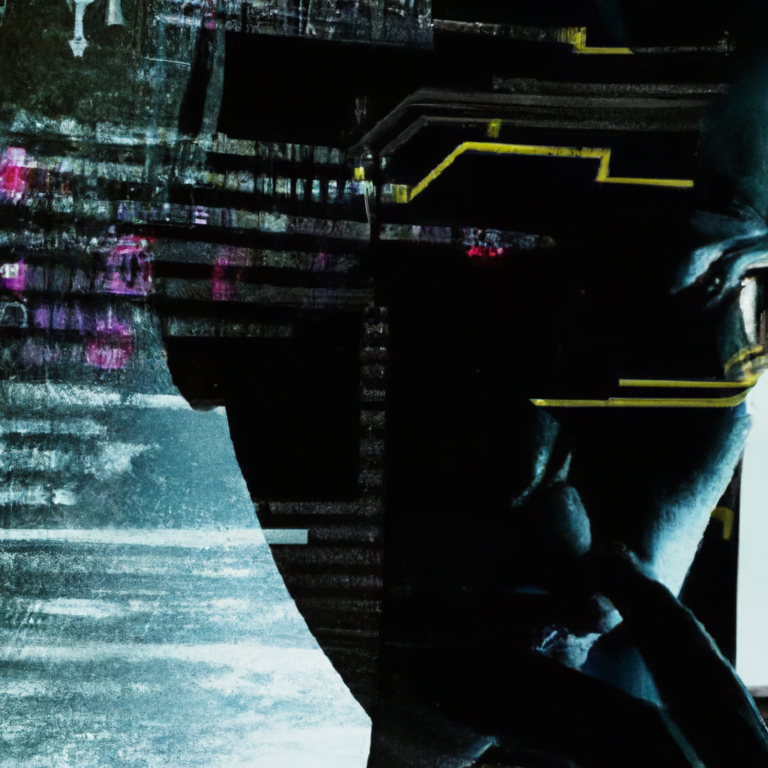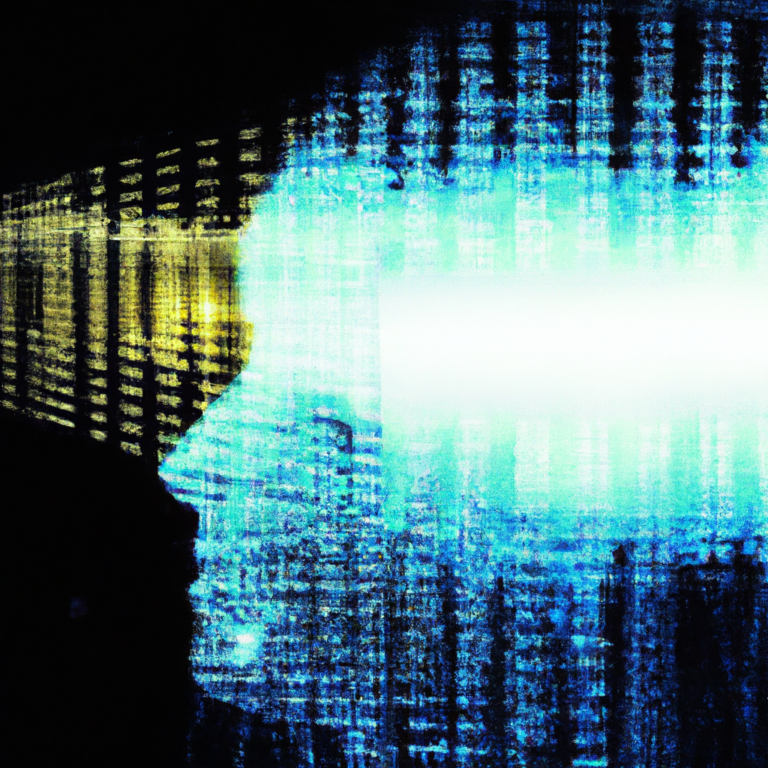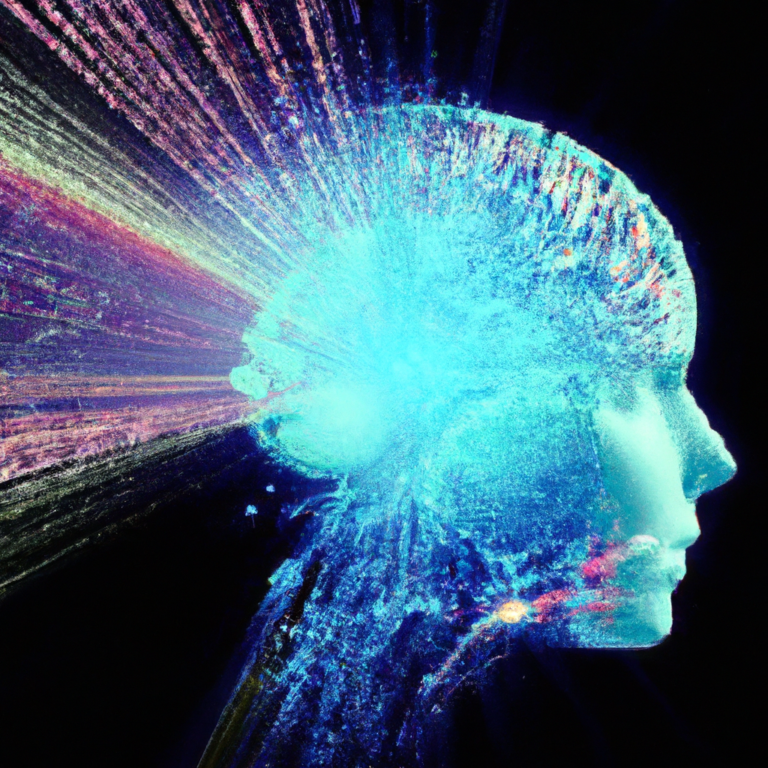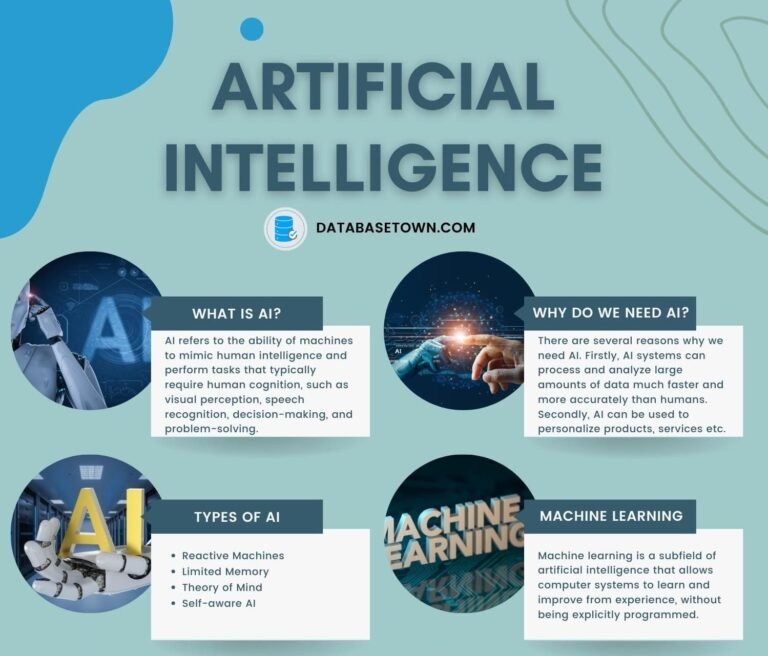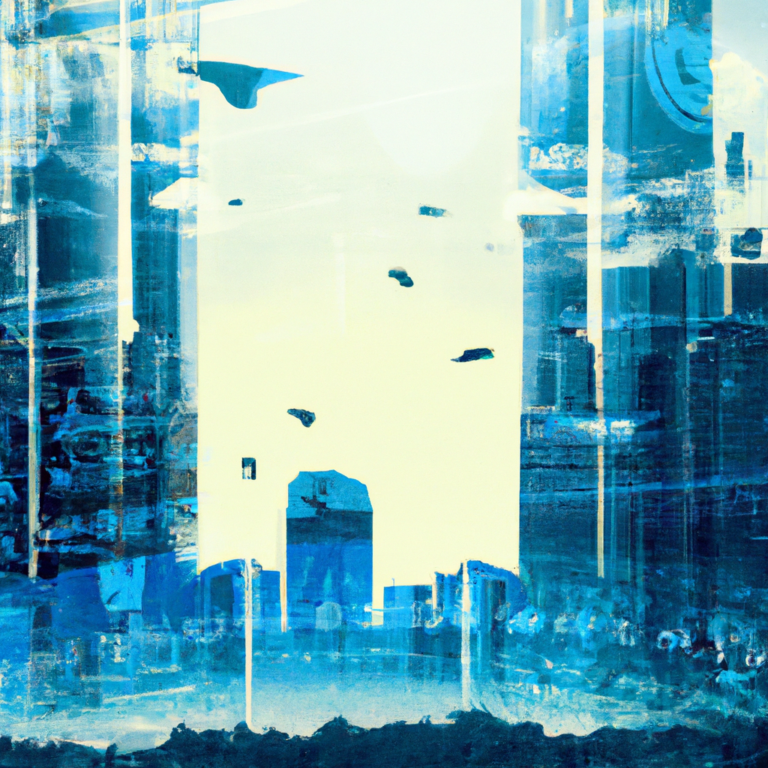AI And The Potential Of AI To Create New Forms Of Art And Creativity: How Can AI Help Us Create New And Innovative Art, Music, And Literature?
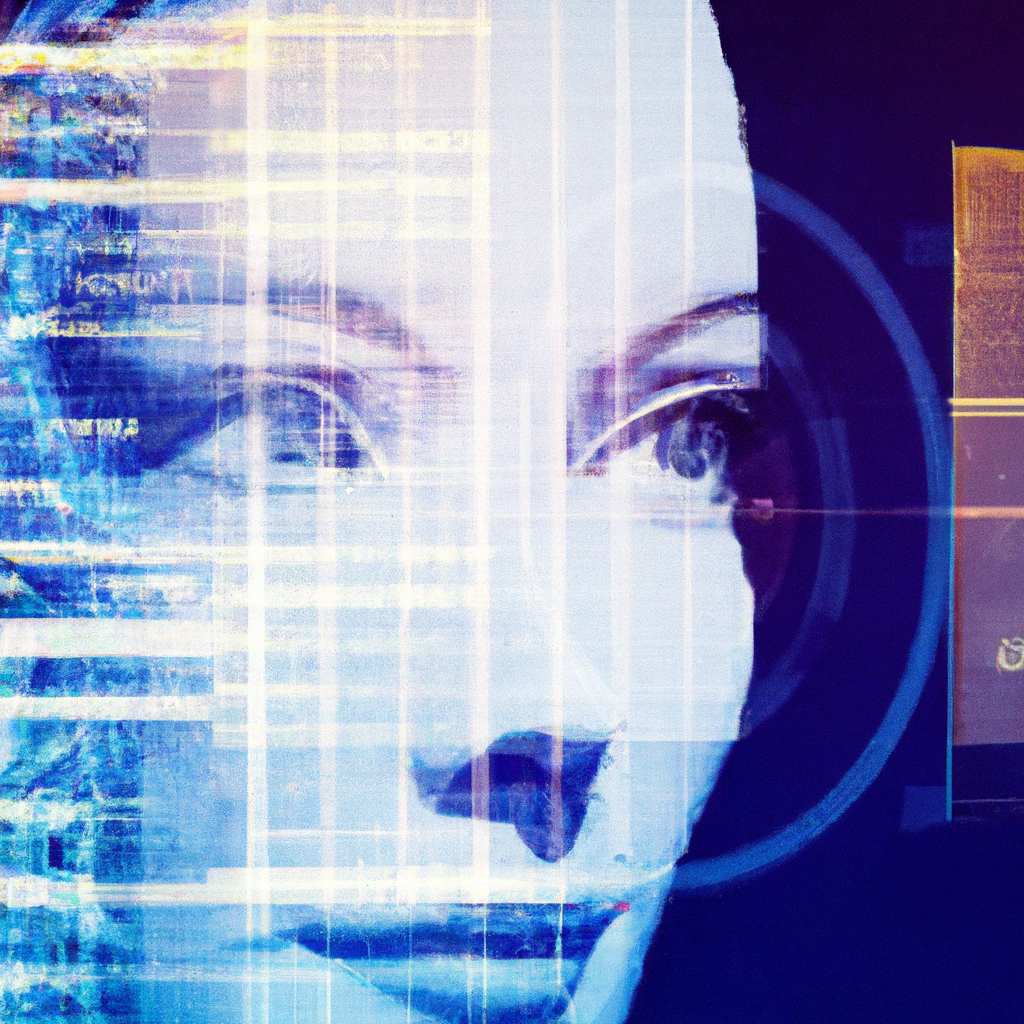
In the ever-evolving world of technology, artificial intelligence (AI) has emerged as a powerful tool with limitless possibilities. One such possibility is its ability to unlock new realms of creativity in art, music, and literature. With AI’s advanced algorithms and vast data processing capabilities, it has the potential to revolutionize the way we create and appreciate artistic expressions. In this article, we will explore how AI can pave the way for new and innovative forms of art, music, and literature, pushing the boundaries of human imagination and collaboration.
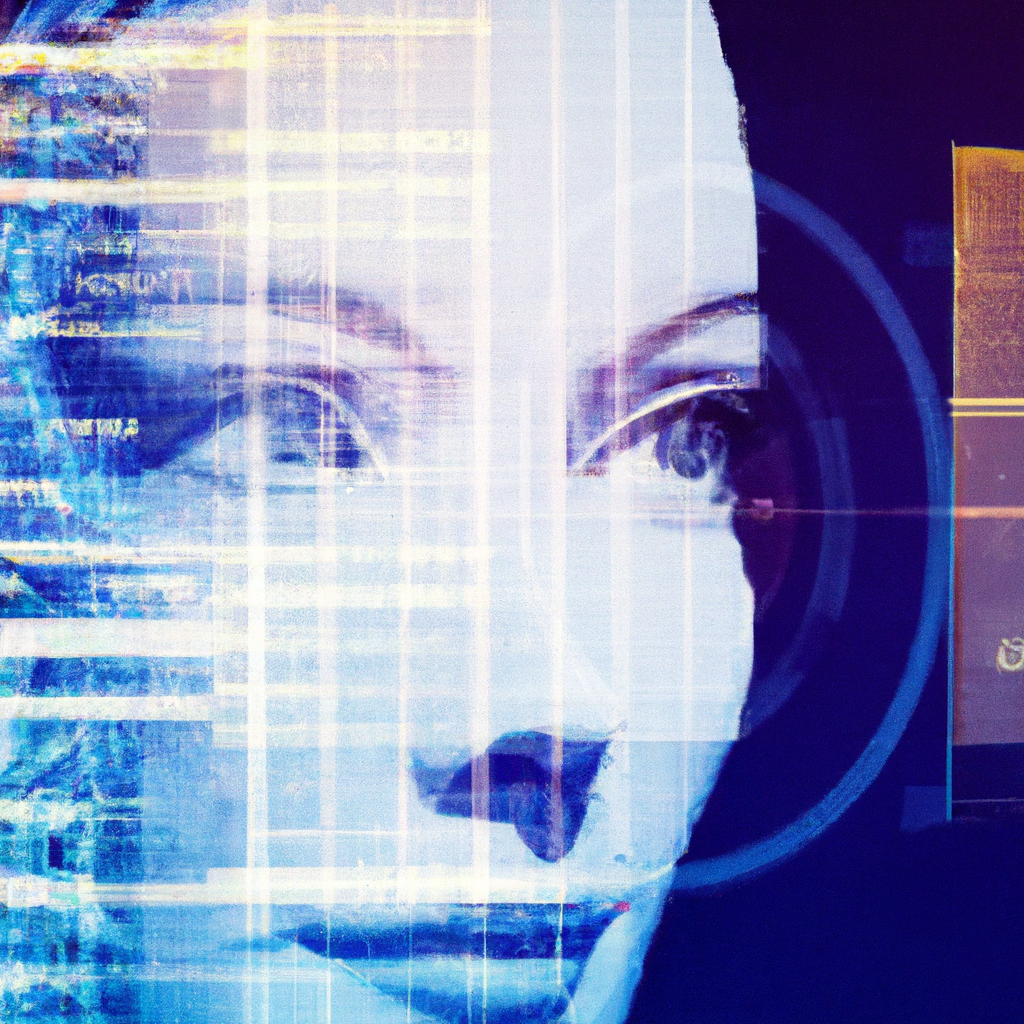
The Role of AI in Creating New Forms of Art
Art has always been a medium of human creativity and expression. With the advent of artificial intelligence (AI), a new realm of artistic possibilities has emerged. AI has the potential to disrupt traditional artistic practices by offering innovative tools and techniques that can push the boundaries of creativity. In this article, we will explore the role of AI in creating new forms of art and its influence on music composition, literature, filmmaking, and other creative endeavors. From generative adversarial networks (GANs) to AI-based digital art tools, we will delve into the potential of AI to revolutionize the creative industry.
Generative Adversarial Networks (GANs) and Art
Generative adversarial networks (GANs) have become a prominent tool in the field of AI-generated art. GANs consist of two neural networks, a generator and a discriminator, that work in tandem to create new and original artwork. The generator creates a series of images, while the discriminator evaluates the authenticity of those images. Through an iterative process, GANs can produce stunning and unique artworks that blur the line between human-made and AI-generated.
By employing GANs, artists can explore uncharted territories of creativity. GANs facilitate the creation of art that is not limited by the boundaries of human imagination. This technology allows artists to collaborate with AI, leveraging its unique ability to combine and remix diverse styles, techniques, and concepts. GANs have the potential to usher in a new era of artistic experimentation and innovation.
Using AI to Enhance Traditional Art Techniques
While AI-generated art pushes the boundaries of creativity, it can also serve as a complementary tool to enhance traditional art techniques. By using AI-powered tools, artists can augment their skills and expand their artistic capabilities. For example, AI can assist painters in color selection, composition, and perspective, providing real-time feedback and suggestions. These tools enable artists to delve deeper into their creative process and achieve new levels of artistic excellence.
Moreover, AI can analyze and learn from a vast collection of historical artworks, helping artists gain insights into different artistic movements, styles, and techniques. By studying and understanding these influences, artists can add depth and context to their work. AI becomes a valuable resource for artists, granting them access to an extensive virtual archive of art history.
AI-Generated Art Exhibitions
AI is not only reshaping the creation process but also revolutionizing the way art is exhibited and consumed. AI-generated art exhibitions are gaining popularity, providing a platform for artists and AI collaborators to showcase their innovative creations. These exhibitions often feature interactive installations, virtual reality experiences, and multimedia presentations that engage the audience in extraordinary ways.
AI-generated art exhibitions challenge the traditional notion of art, blurring the line between the artist and the machine. The audience is encouraged to question their preconceived notions of creativity and appreciate the symbiotic relationship between humans and AI. These exhibitions serve as a catalyst for critical discussions around the role of AI in art and its impact on the future of creativity.
Exploring AI’s Impact on Music Creation
Music has always been a universal language that transcends cultural boundaries. AI’s impact on music creation opens up exciting possibilities for musicians and composers. From AI-generated music composition to collaboration between AI and human musicians, AI is transforming the landscape of music production and experimentation.
AI-Generated Music Composition
AI has the capability to compose original music pieces that rival the works of human composers. Using algorithms and machine learning techniques, AI can analyze vast libraries of music to identify patterns, structures, and harmonies. Based on this analysis, AI systems can generate melodies, chord progressions, and even entire musical compositions.
AI-generated music composition offers a new source of inspiration for musicians, presenting them with fresh ideas and creative directions. It can also serve as a tool for overcoming creative blocks and exploring unconventional musical styles. By collaborating with AI, musicians can break free from the constraints of traditional music composition and push the boundaries of creativity.
Collaboration Between AI and Human Musicians
Rather than replacing human musicians, AI can be a valuable collaborator in the music-making process. By incorporating AI into their workflow, musicians can experiment with different sounds, textures, and arrangements. AI can generate musical phrases and motifs that musicians can build upon, adding their unique interpretations and emotions.
Collaborative music-making between AI and human musicians can foster a dynamic and symbiotic relationship. AI systems can provide instant feedback and suggestions, helping musicians refine their compositions and performances. This collaboration opens up endless possibilities for exploration and innovation in music creation.
AI as a Tool for Music Production
AI is not limited to composition and collaboration; it also offers significant advancements in music production. From mixing and mastering to sound design and synthesis, AI-powered tools can streamline and enhance the production process. Virtual assistant plugins, for example, leverage AI to assist musicians in real-time, suggesting effects, adjusting levels, and providing creative input.
Additionally, AI algorithms can analyze audio data, automatically transcribing musical elements and identifying patterns. This analytical capability allows musicians to gain insights into their own compositions, facilitating the refinement and improvement of their musical creations.
AI’s Influence on Literature and Storytelling
The written word has long been a vessel for human stories and imagination. AI is now making its mark on literature and storytelling, offering new tools and possibilities for authors, writers, and readers alike. From automated storytelling to AI writing assistants, the impact of AI on literature is reshaping the way stories are told and consumed.
Automated Storytelling with AI
AI-powered storytelling platforms are revolutionizing the way stories are generated and consumed. AI algorithms can analyze vast amounts of data, recognize patterns, and generate cohesive narratives. These platforms enable users to input prompts or keywords, and AI then generates a unique and engaging story in response. Automated storytelling offers an exciting opportunity for interactive storytelling experiences and personalized narratives.
While AI-generated stories may not possess the same depth and emotional nuances as those created by human authors, they provide a platform for exploring new narrative structures and genres. Automated storytelling can also serve as a valuable tool for brainstorming and idea generation for writers, offering fresh perspectives and unexpected plot twists.
AI Writing Assistants
AI-powered writing assistants are becoming increasingly popular tools for authors and writers. These tools utilize natural language processing and machine learning algorithms to provide real-time feedback on grammar, style, and readability. AI writing assistants can suggest alternative word choices, identify repetitive sentences, and improve overall writing quality.
By using AI writing assistants, authors and writers can refine their craft, accessing an additional layer of editorial support. These tools help them streamline the editing and revision process, saving time and effort. However, it is important to remember that these assistants should be seen as tools, not replacements for the human creative process and individual authorial voice.
AI-Generated Book Recommendations
AI algorithms have revolutionized the way we discover new books and authors. Recommendation systems powered by AI analyze user preferences, reading habits, and historical data to suggest personalized book recommendations. These algorithms consider various factors such as genre, writing style, and thematic elements to provide curated reading lists tailored to each individual’s tastes.
AI-generated book recommendations expand literary horizons by introducing readers to new and diverse voices. By leveraging AI’s capacity for analyzing vast amounts of data, readers can discover authors and books they may have otherwise overlooked. This democratization of literary discovery promotes inclusivity and amplifies the voices of underrepresented writers and genres.
Ethical Considerations in AI-Driven Creativity
While AI opens up new possibilities in the realm of creativity, it also raises ethical considerations that need to be addressed. As AI becomes more integrated into artistic practices, questions of originality, copyright, and the definition of creativity arise.
Originality and Copyright in AI-Generated Art
AI-generated artworks pose unique challenges concerning originality and copyright. The collaboration between AI and artists blurs the line between human creativity and machine-assisted creation. Determining the originality and ownership of AI-generated art becomes complex, as it is often a result of both human input and AI algorithms.
Copyright laws may need to evolve to encompass AI-generated art, considering various scenarios of collaborative creation. Artists and AI developers should work together to establish clear guidelines and frameworks to protect the rights of both humans and machines involved in the creative process.
The Definition of Creativity and AI’s Role
The involvement of AI in creative processes raises questions about the definition of creativity itself. If AI can generate original artwork, compose music, and write stories, what does it mean to be creative? Is creativity solely a human endeavor, or can machines be considered creative as well?
AI challenges traditional notions of creativity, pushing us to redefine our understanding of the human creative capacity. While AI can mimic and replicate existing styles, techniques, and structures, it lacks the ability to deeply comprehend emotions, experiences, and cultural contexts. The unique combination of human imagination, emotion, and cultural insight remains an essential aspect of true creativity.
Balancing AI Assistance and Human Artistic Expression
As AI becomes more integrated into the creative process, it is crucial to strike a balance between AI assistance and human artistic expression. AI should be seen as a tool and a collaborator, rather than a replacement for human creativity. It should enhance and amplify the artistic vision of humans, augmenting their abilities rather than overshadowing them.
Embracing AI as a creative partner allows artists to explore uncharted territories, experiment with new styles, and challenge traditional artistic practices. By maintaining a symbiotic relationship with AI, artists can harness its potential while preserving the uniqueness and human touch in their creations.
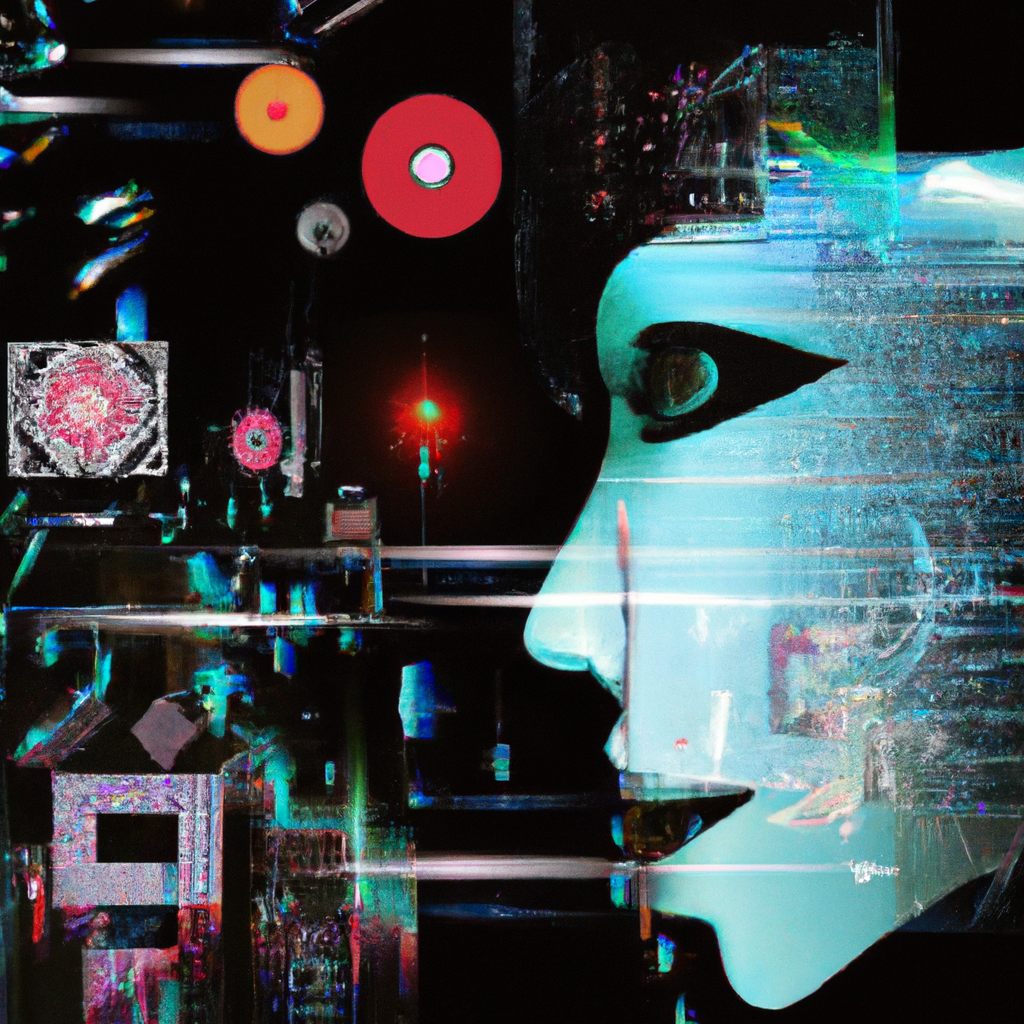
The Intersection of AI and Human Creativity
AI’s impact on creativity extends beyond the realms of visual art, music, and literature. In filmmaking, cultural diversity, and the innovation process itself, AI is revolutionizing the creative landscape.
Collaborative Filmmaking with AI
Filmmaking is a collaborative art form, and AI is becoming an essential collaborator in this process. AI algorithms can assist filmmakers in various aspects of production, from script development to post-production tasks. AI-powered tools can analyze script structures, suggest plot improvements, and even generate visual effects.
Moreover, AI can analyze and interpret audience reactions, helping filmmakers refine their storytelling techniques and understand the impact of their work. By embracing AI as a creative partner, filmmakers can push the boundaries of visual storytelling and create immersive cinematic experiences.
AI’s Impact on Cultural Diversity in Creativity
AI has the potential to amplify cultural diversity in creative endeavors. By analyzing vast amounts of cultural artifacts from different communities, AI algorithms can expose artists to a wealth of cultural influences, traditions, and storytelling techniques. This exposure helps promote inclusivity and representation of underrepresented voices and perspectives.
AI-driven creative tools can also break down language barriers, facilitating cross-cultural collaborations and understanding. Real-time translation tools, for example, enable artists from different linguistic backgrounds to collaborate seamlessly and share their unique perspectives.
Embracing AI as a Catalyst for Innovation
AI’s ability to analyze, interpret, and generate vast amounts of data provides fertile ground for innovation in the creative industry. By leveraging AI’s computational power, artists and creators can explore uncharted territories and experiment with new artistic techniques.
AI can act as a catalyst for cross-disciplinary collaborations, bringing together artists, scientists, engineers, and researchers. The convergence of diverse disciplines opens up new avenues for creative expression, fostering innovation and transformative artistic experiences.
AI-Powered Tools and Platforms for Creative Expression
AI-powered tools and platforms offer artists and creators innovative ways to express their creativity. From digital art tools to virtual reality experiences, AI is reshaping the artistic landscape and providing new avenues for artistic self-expression.
AI-Based Digital Art Tools
Digital art tools powered by AI algorithms have revolutionized the way artists create and express themselves. AI algorithms can simulate and replicate various traditional art techniques and styles, providing artists with a versatile and immersive digital canvas. These tools enable artists to experiment with different mediums, colors, and textures in a virtual environment without the constraints of physical materials.
AI-based digital art tools also offer real-time feedback, suggesting improvements, and assisting artists throughout the creative process. By merging AI technology with artistic intuition, artists can push the boundaries of creativity and produce unique and captivating digital artworks.
Virtual Reality and AI for Immersive Art Experiences
Virtual reality (VR) and AI have the potential to create immersive art experiences that transport audiences into new worlds and narratives. VR platforms powered by AI algorithms can generate virtual environments that respond to users’ movements, interactions, and emotions. This combination allows for unprecedented levels of interactivity and engagement.
Artists can create VR experiences that blur the boundaries between reality and imagination, providing audiences with unique perspectives and sensory experiences. VR and AI open up new dimensions of storytelling and artistic expression, creating multisensory and emotionally impactful encounters.
AI-Powered Writing and Editing Software
AI algorithms have also found their way into the realm of writing and editing software. AI-powered systems can analyze writing patterns, suggest alternative sentence structures, and provide grammar and spelling corrections. These AI writing and editing tools are invaluable resources for writers, enabling them to refine their work and enhance readability.
AI-powered software also facilitates the translation of written works, breaking down language barriers and promoting global collaboration. By leveraging AI in the writing process, authors can focus on their creative vision while relying on AI for quality enhancement and linguistic support.
The Future Potential of AI in Creative Industries
The future potential of AI in creative industries is vast and exciting. As AI continues to evolve and advance, it will undoubtedly push the boundaries of artistic experimentation and redefine the creative process.
Pushing the Boundaries of Artistic Experimentation with AI
AI offers artists and creators the opportunity to push the boundaries of artistic experimentation. By leveraging the computational power and analytic capabilities of AI algorithms, artists can explore new dimensions of creativity. AI can generate novel ideas, break patterns, and challenge conventional artistic practices.
As AI algorithms become more sophisticated, they will provide artists with an ever-expanding toolkit for creative exploration. Artists can embrace AI as a source of inspiration, using its capabilities as a springboard for innovative and boundary-pushing artistic projects.
AI as a Muse for Inspiration
AI’s ability to generate new and unique ideas can also serve as a muse for human artists. By analyzing vast amounts of data, AI algorithms can identify trends, themes, and patterns that human artists may have overlooked. These insights can inspire human artists to explore uncharted territory and reimagine their creative process.
AI-generated ideas can act as catalysts for human creativity, offering fresh perspectives and imaginative stimuli. The symbiotic relationship between AI and human artists propels the boundaries of what is possible and acts as a driving force for artistic innovation.
Transforming the Creative Process with AI
The integration of AI into the creative process has the potential to transform the way artists conceive and execute their ideas. AI can streamline repetitive tasks, offering artists more time and space for imaginative exploration. By automating certain aspects of the creative process, artists can focus on higher-level conceptualization and ideation.
Furthermore, AI can provide valuable insights and feedback throughout the creative journey, guiding artists in refining their artistic vision. AI’s analytical capabilities can help artists identify strengths and weaknesses in their work, leading to continuous improvement and artistic growth.
Challenges of Implementing AI in the Creative Sphere
Implementing AI in the creative sphere is not without its challenges. Resistance to AI in the fields of art, music, and literature, addressing bias and algorithms, and maintaining the human touch are among the key challenges that need to be considered.
Resistance to AI in Art, Music, and Literature
Resistance to AI in the creative sphere stems from concerns about the authenticity and soul of artistic expression. Some argue that AI-generated art lacks the depth, emotion, and human experience that resonate with audiences. There is a fear that AI will replace human creativity, resulting in a loss of artistic integrity.
However, it is important to approach AI as a collaborator and tool for artists, rather than a threat. By embracing AI, artists can expand their creative palette, experiment with new possibilities, and amplify their artistic vision. Educating and involving artists in the development and implementation of AI systems can help alleviate concerns and foster a more inclusive and collaborative creative environment.
Addressing Bias and Algorithms in AI-Generated Art
AI-generated art, music, and literature are not exempt from biases present in the datasets used to train AI algorithms. Past biases and prejudices encoded in data can manifest in AI-generated creations, perpetuating inequality and stereotypes. It becomes essential to address these biases and strive for fairness and inclusivity in AI-generated creativity.
AI developers and artists must actively work together to ensure diverse and representative datasets are used for training AI systems. Ethical considerations should be at the forefront of AI implementation in the creative sphere. Transparency, accountability, and ongoing evaluation of AI systems can help mitigate biases and ensure AI-generated art reflects the diversity of human perspectives.
Maintaining the Human Touch in AI-Driven Creativity
As AI becomes integrated into the creative process, maintaining the human touch and preserving the essence of human expression becomes paramount. While AI can mimic and replicate artistic styles and techniques, it lacks the depth of emotion, cultural context, and personal experiences that form the foundation of human art.
Fostering a symbiotic relationship between AI and human artists is crucial to preserve the essence of human expression in AI-driven creativity. Human artists should guide and shape the AI systems, infusing them with their unique perspectives, emotions, and cultural understanding. By maintaining the human touch, AI-driven creativity can serve as a catalyst for innovation while upholding the authenticity of human art.
AI and the Democratization of Creativity
One of the most transformative aspects of AI in the creative sphere is its potential to democratize creativity. AI offers accessibility, inclusivity, and amplification of underrepresented voices, providing individuals from diverse backgrounds the opportunity to engage in artistic expression.
Accessibility and Inclusivity in Creative AI
AI-powered creative tools make art, music, and literature more accessible than ever before. By automating repetitive tasks and providing real-time feedback, AI tools enable individuals with limited artistic skills or physical abilities to engage in creative expression. This inclusivity breaks down barriers and empowers individuals who may have previously been excluded from traditional artistic practices.
Furthermore, AI-generated art, music, and literature can amplify the voices of underrepresented communities. By analyzing diverse cultural artifacts, AI algorithms promote the exploration and celebration of diverse artistic styles, narratives, and aesthetics. Creative AI has the potential to challenge existing power structures and broaden the scope of artistic representation.
AI as a Tool for Non-Artists and Creatives
AI’s democratization of creativity extends beyond artists and creatives. Non-artists can also benefit from AI-powered tools to engage in creative expression. Writing assistants, for example, can assist individuals in crafting compelling narratives, regardless of their writing abilities. AI-powered music composition tools can enable amateurs to create music compositions without formal training.
These tools empower individuals who may not consider themselves artists or creatives to explore their creative potential. By embracing AI as a tool, non-artists can unlock their artistic abilities, express their unique perspectives, and contribute to the ever-expanding landscape of creative expression.
AI’s Potential to Amplify Underrepresented Voices
Underrepresented voices often struggle to gain visibility and recognition in the creative industry. AI has the potential to change this landscape by amplifying and promoting the works of underrepresented artists, musicians, and writers. Through various algorithms and recommendation systems, AI can help bridge the gap between underrepresented artists and mainstream audiences.
AI-generated book recommendations, for example, can highlight authors from marginalized communities, bringing their voices to a wider audience. AI-powered music playlists can showcase musicians from diverse backgrounds, increasing their exposure and fostering a more inclusive music industry. By leveraging AI as a magnifying tool, underrepresented voices can find a platform and contribute to the diversity and richness of the creative sphere.
Conclusion
AI has emerged as a powerful catalyst for new forms of art and creativity. From generative adversarial networks to collaborative filmmaking, AI’s influence spans across various creative disciplines. Artists, musicians, writers, and filmmakers are integrating AI into their creative processes, pushing the boundaries of artistic expression and innovation.
As we embrace the expanding horizons of AI-driven creativity, it is essential to retain the human touch and preserve the authenticity of human art. Addressing ethical considerations, addressing bias in algorithms, and fostering a symbiotic relationship between AI and human creators will help shape a future where AI amplifies human creativity.
Harnessing the power of AI for endless possibilities in art, music, literature, and beyond requires collaboration, open-mindedness, and the recognition that AI is not a replacement but a valuable collaborator. By embracing AI as a creative partner, we can embark on an exciting journey that leads to new frontiers of human imagination and artistic expression.
Want to write articles like us? Get your copy of AI WiseMind here!

